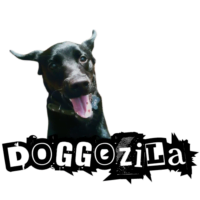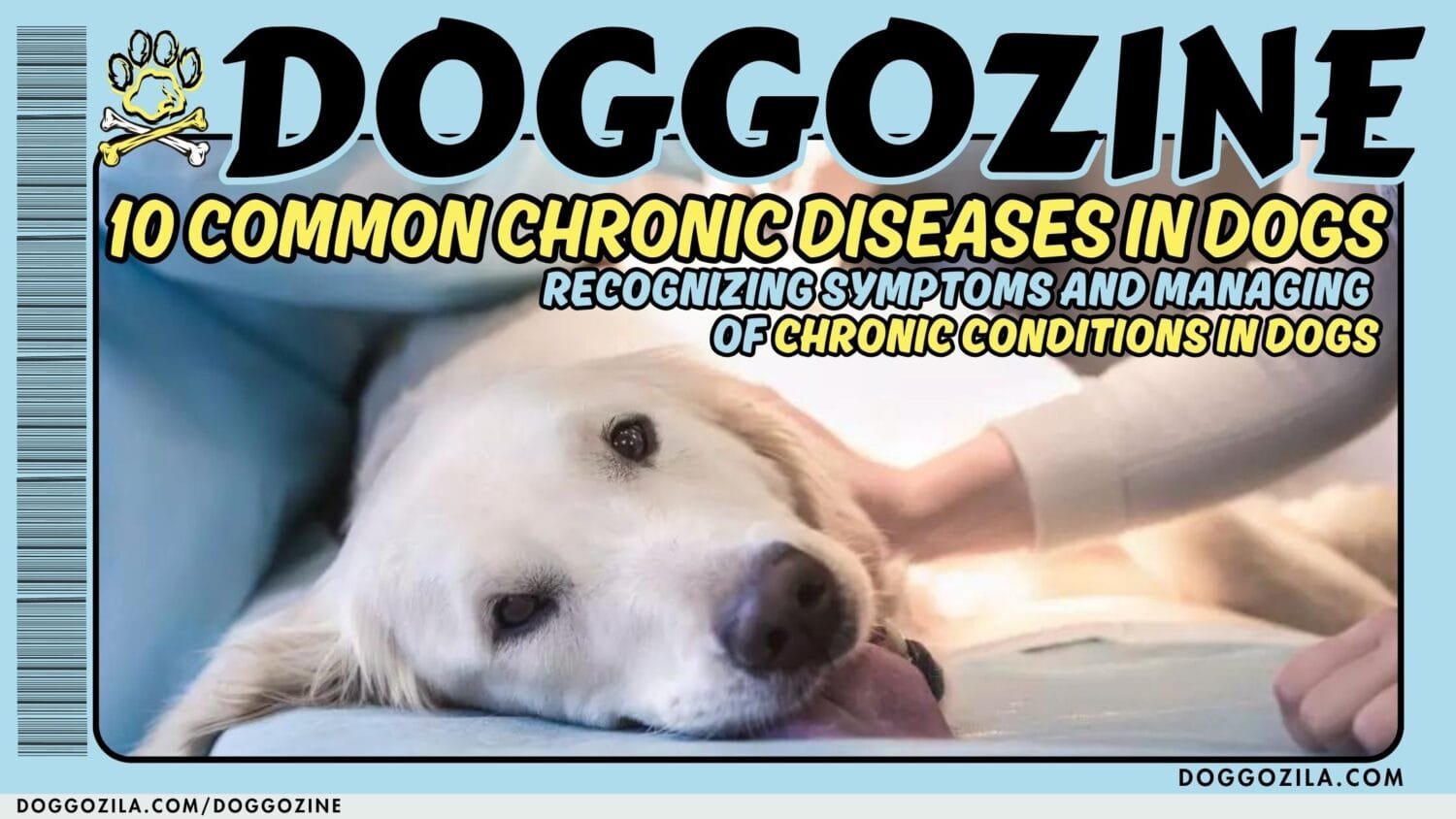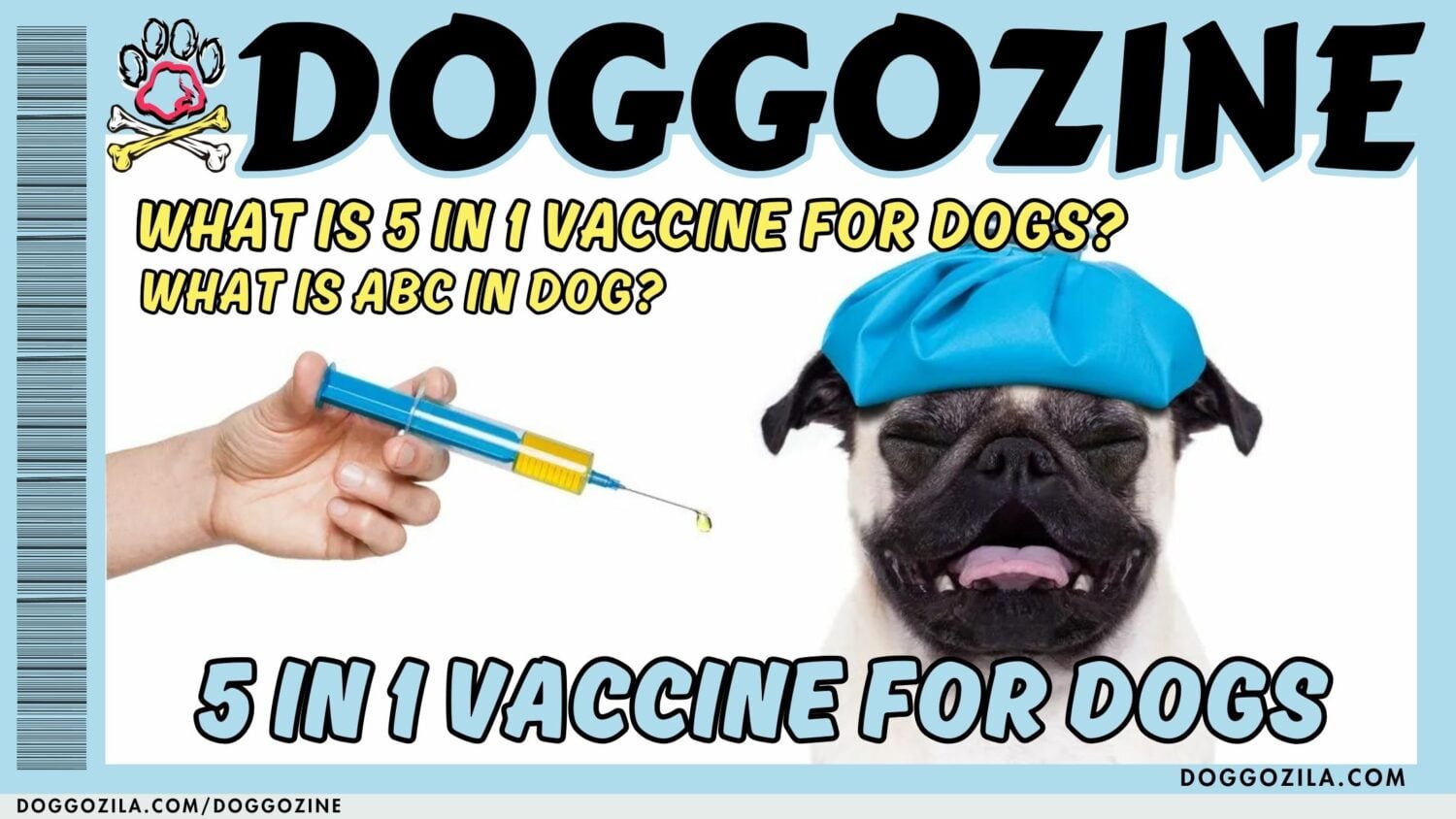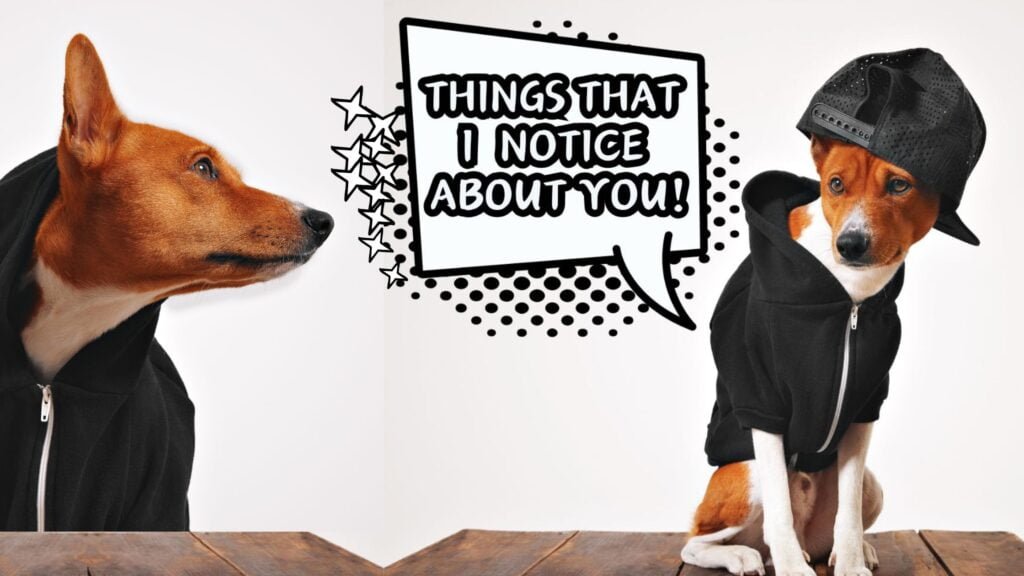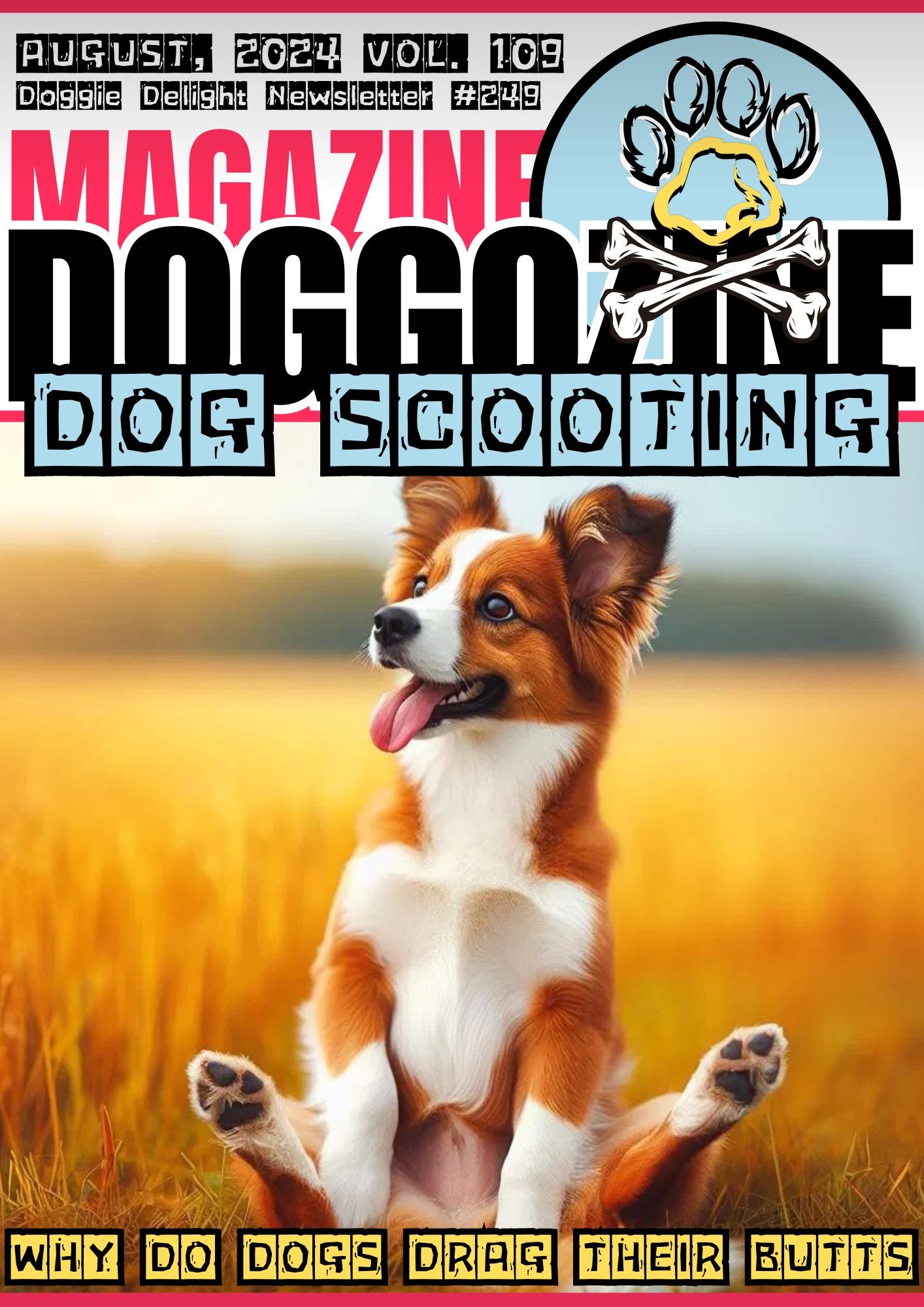
UNCOVERING THE DOG SCOOTING MYSTERY
Are you puzzled by why your furry companion engages in the peculiar behavior of dragging their butt on the floor? This behavior is called dog scooting. It’s a common sight that often leaves pet owners perplexed. This insightful article, will unravel the mystery behind why dogs drag their butts and provide you with effective strategies to put an end to it for good.
Why Do Dogs Drag Their Butts and How to Stop Dog Scooting for Good
Anal gland issues, tapeworm infestations, excess fecal matter, and allergies are just a few of the potential culprits behind your dog’s scooting antics. By understanding the root causes and implementing practical solutions, you can ensure your beloved pet’s comfort and well-being.
This journey is to decode the reasons behind this behavior and discover the steps you can take to address it. If you’re eager to enhance your understanding and support your furry friend, let’s dive into the world of dog behavior together. Get ready to bid farewell to butt-dragging woes and nurture a happier, healthier relationship with your four-legged companion.
Dog Scooting from Anal Gland Issues
Does your furry friend seem to be scooting their rear end across the floor more often than usual? It could be due to an irritated anal gland. These small sacs, located on either side of the dog’s anus, play an essential role in marking their territory. However, when these glands become impacted or inflamed, it can lead to discomfort and even potential anal gland abscesses.
Common signs of anal gland issues include excessive licking or biting at the anal area, a foul odor, and dog scooting behavior. If left untreated, these irritated glands can cause significant pain and may require professional help to address the underlying cause. As a dog owner, it’s crucial to monitor your pet’s behavior and consult with a veterinarian if you suspect an anal gland problem. Maintaining the health of these sacs through regular grooming and a balanced diet can help prevent future issues.
🔑 Key Points: Anal gland issues are a common cause of scooting behavior in dogs. Prompt attention from pet owners is essential to prevent further complications.
Tapeworm Infestation Can Cause Dog Scooting or Dragging Their Butts on The Floor
Another potential cause of dog scooting behavior could be a tapeworm infestation. These parasitic worms can cause irritation and itching around the anal area, leading to excessive scooting. As a dog owner, it’s important to be aware of this underlying cause and take appropriate measures to address it.
Tapeworms are often acquired when dogs ingest infected fleas or consume contaminated prey. Regular deworming and flea control are crucial in preventing tapeworm infestations and ensuring your pet’s overall health. If you suspect your dog may have tapeworms, consult with your veterinarian for an accurate diagnosis and treatment plan.
🔑 Key Points: Tapeworm infestations can be an underlying cause of dog scooting. Regular preventive measures are crucial for maintaining your pet’s well-being.
Dog Scooting from Excess Fecal Matter
Sometimes, the reason behind your dog’s scooting behavior could be as simple as excess fecal matter stuck to their rear end. This can occur if your dog has soft poop or struggles to maintain a tidy rear end after a bowel movement. To prevent this issue, ensure your dog has a well-balanced diet that promotes firm stool consistency.
Regular grooming, particularly for long-haired breeds, can also help keep the anal area clean and free from debris. If you notice your dog scooting due to excess fecal matter, gently clean the area with warm water and a soft cloth to provide relief.
🔑 Key Points: Maintaining a clean anal area and promoting firm stool through a balanced diet can help prevent dog scooting caused by excess fecal matter.
Dog Scooting Caused from Allergies
Did you know that allergies can also contribute to your dog’s scooting behavior? Allergic reactions, whether triggered by food or environmental factors, can cause skin irritation and itching, leading to excessive dog scooting. Common signs of allergies in dogs include itchy skin, redness, and recurrent ear or paw infections.
If you suspect your dog’s scooting is related to an underlying allergy, it’s essential to consult with your veterinarian for proper diagnosis and treatment. They may recommend an elimination diet to identify potential food sensitivities or prescribe medication to manage the allergic reaction.
By addressing your dog’s allergies, you can not only alleviate their scooting behavior but also improve the overall skin health in dogs and their comfort. Remember, every dog is unique, and their specific allergies may require a tailored approach.
🔑 Key Points: Allergies can trigger skin irritation and scooting behavior in dogs. Identifying the underlying cause is crucial for effective management.
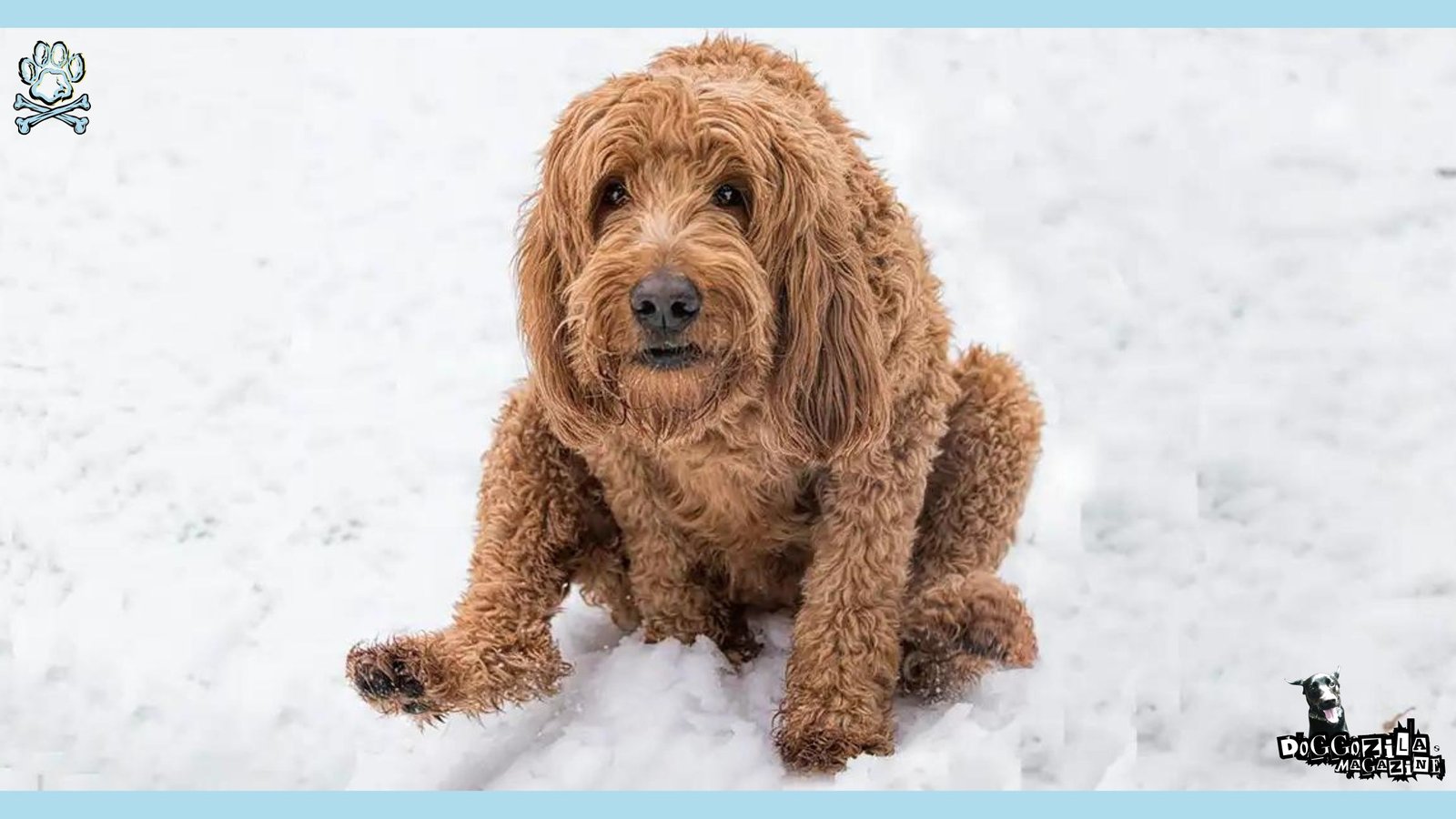
REDUCING DOG SCOOTING: INVESTIGATING AND ADDRESSING THE ROOT CAUSE
To effectively reduce your dog’s scooting behavior, it’s essential to investigate and address the root cause. Start to observe closely your dog’s behavior and note any accompanying symptoms. Usually you would see symptoms such as excessive licking, biting, or a foul odor around the anal area. These clues can help you and your veterinarian determine the underlying issue.
Glands Expressing, Deworming, Allergies Treatment and Dietary Adjustments
If you suspect an anal gland problem, your veterinarian may recommend expressing the glands manually or, in severe cases, surgical removal. For tapeworm infestations, a deworming protocol and regular flea control are crucial. In the case of allergies, identifying and eliminating the trigger, along with appropriate treatment, can provide relief.
Making dietary changes can also play a significant role in reducing dog scooting. Switching to a high-fiber food can help promote firmer stools, reducing the likelihood of fecal matter sticking to your dog’s rear end. Consult with your veterinarian to determine the best diet for your pet’s specific needs.
Importance of Regular Grooming
Regular grooming, particularly for long-haired breeds, is essential in maintaining a clean and healthy anal area. Trimming the hair around the anus can prevent fecal matter from getting trapped and causing irritation.
By taking a proactive approach and working closely with your veterinarian, you can identify and address the root cause of your dog’s scooting behavior, ensuring their comfort and well-being.
🔑 Key Points: Investigating and addressing the underlying cause of dog scooting, whether through medical intervention, dietary adjustments, or regular grooming, is essential for effectively reducing this behavior in dogs.
Decoding Your Dog’s Scooting: Understanding the Drag
As a dog owner, it’s important to understand the various reasons behind your furry friend’s scooting behavior. While anal gland issues are the most common cause, there are other potential factors to consider.
Potential Dog Scooting Causes:
- Tapeworm infestations
- Allergic reactions
- Excess fecal matter
- Skin conditions
By familiarizing yourself with these possible causes, you’ll be better equipped to identify the primary reason for your dog’s scooting and take appropriate action. Observe your pet closely and look for any accompanying symptoms that may provide clues to the underlying issue.
Remember, dog scooting is often a sign of discomfort or irritation, and it’s crucial to address the root cause promptly. If your furry friend’s scooting persists or is accompanied by other concerning symptoms, don’t hesitate to seek professional help from your veterinarian. They can provide an accurate diagnosis and recommend the most effective treatment plan for your furry companion.
🔑 Key Points: Understanding the various potential causes of dog scooting is essential for identifying the primary reason behind the behavior and taking appropriate action to ensure your pet’s comfort and well-being.
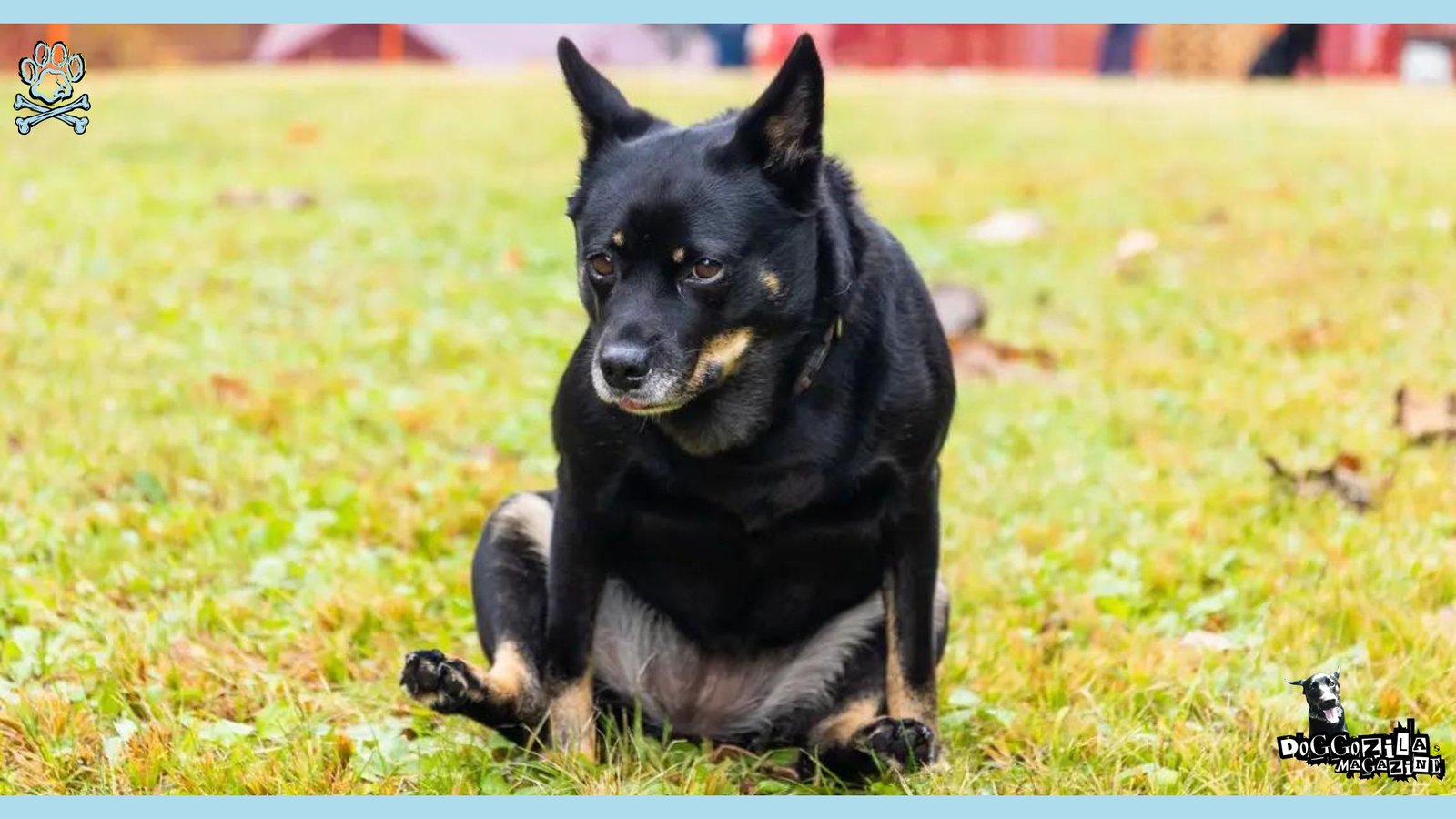
IMMEDIATE ACTIONS FOR PET PARENTS WITNESSING DOG SCOOTING
If you catch your dog in the act of scooting, there are a few immediate steps you can take to provide relief and prevent further irritation. First, gently clean the anal area with warm water and a soft cloth or a box of tissue. This will help remove any debris or fecal matter that may be causing discomfort. Next, consider applying a soothing, pet-safe balm to the affected area to alleviate any irritation. If the scooting persists or you notice any signs of pain or distress, contact your veterinarian for guidance on the best home care strategy.
Professional Veterinary Interventions for Persistent Dog Scooting
When home remedies and preventive measures fail to resolve your dog’s scooting behavior, it’s time to seek professional help from your veterinarian. They can perform a thorough examination to identify the underlying cause and recommend appropriate treatment options.
Potential Interventions:
- Manual expression of anal glands
- Surgical removal of impacted glands
- Antibiotics for bacterial infections
- Deworming medications for parasitic infestations
- Allergy testing and desensitization therapy
In some cases, your veterinarian may suggest a surgical option to remove the anal glands entirely. This procedure is typically reserved for severe or recurrent cases where other treatments have been ineffective. By working closely with your veterinarian and following their recommended treatment plan, you can help alleviate your dog’s discomfort and prevent future scooting episodes.
🔑 Key Points: Professional veterinary interventions, ranging from medical treatments to surgical options, may be necessary to address persistent dog scooting caused by underlying health issues.
Lifestyle Adjustments to Prevent Future Issues
In addition to addressing the immediate causes of your dog’s scooting behavior, making long-term lifestyle adjustments can help prevent future issues. One key factor to consider is your dog’s diet. Switching to a high-fiber food can promote firmer stools and reduce the likelihood of anal gland impaction. Consult with your veterinarian to determine the best dietary change for your dog’s specific needs.
Regular exercise is also crucial for maintaining your dog’s overall health and preventing scooting. Engaging in physical activity helps promote regular bowel movements and can reduce the risk of constipation, which can contribute to anal gland issues. Aim to provide your dog with daily exercise appropriate for their age, breed, and fitness level.
Tailoring Grooming Practices for Dog Anal Gland Health
Regular grooming plays a vital role in maintaining your dog’s anal gland health and preventing scooting behavior. This is particularly important for long-haired breeds, as excess hair around the anal area can trap fecal matter and cause irritation.
To keep your pet’s rear end tidy, consider trimming the hair around the anus regularly. This will help prevent debris from accumulating and reduce the risk of anal gland impaction. Additionally, regularly wiping the area with a damp cloth or pet-safe wipe can help maintain cleanliness and comfort.
🔑 Key Points: Implementing dietary changes and ensuring regular exercise are important lifestyle adjustments that can help prevent future scooting issues in dogs.
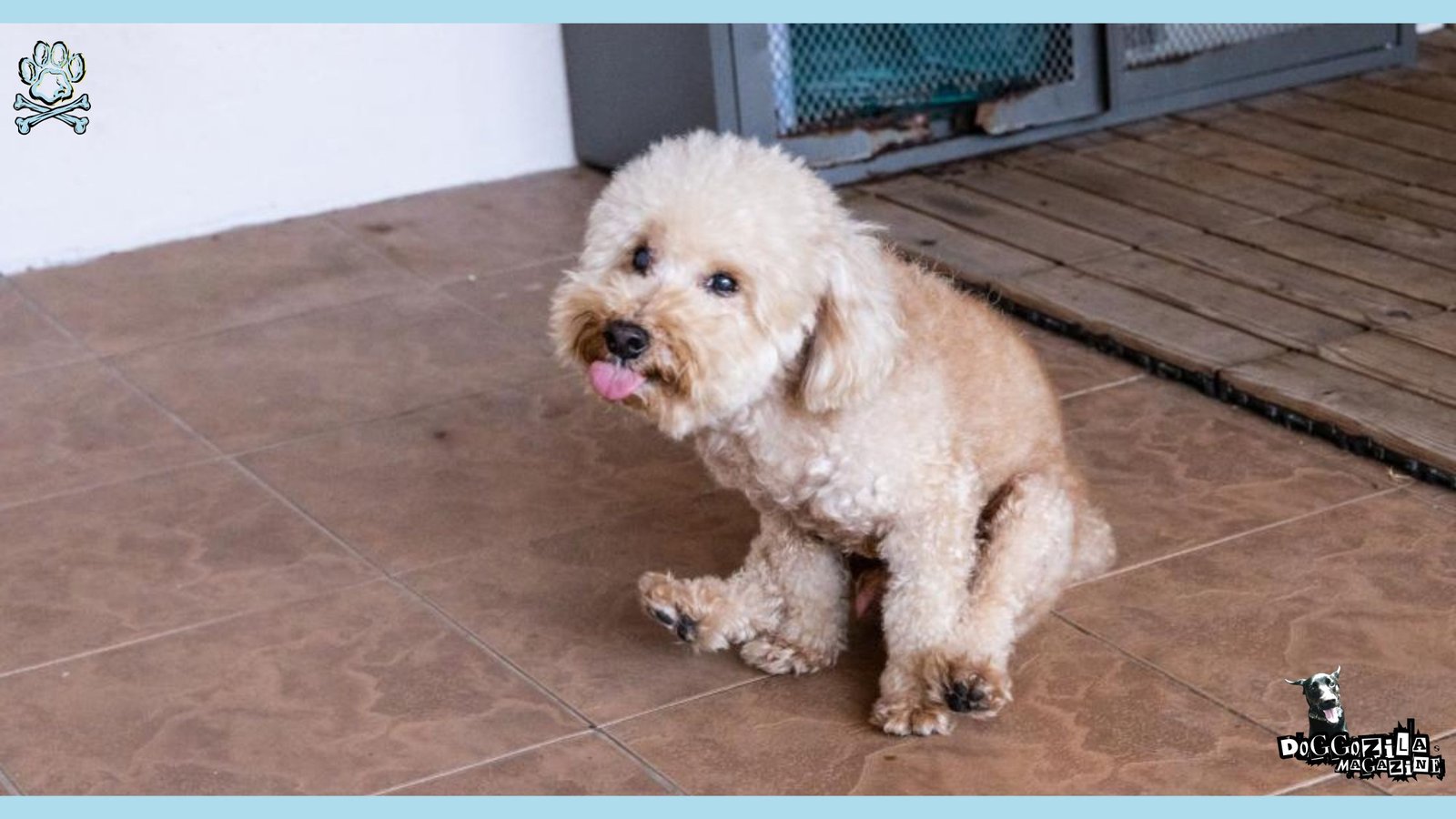
RECOGNIZING SYMPTOMS ACCOMPANYING THE SCOOT
While dog scooting itself is a clear sign of discomfort, it’s essential to be aware of other symptoms that may accompany this behavior. These can provide valuable clues about the underlying cause of your dog’s scooting.
Watch for These Symptoms from Dog Scooting
- Excessive licking or biting at the anal area
- Foul odor emanating from the anal glands
- Redness or swelling on either side of the anus
- Visible signs of pain or discomfort
If you notice any of these symptoms in addition to dog scooting, it’s crucial to consult with your veterinarian promptly for an accurate diagnosis and appropriate treatment.
Dietary Influence on Anal Sac Health
Your dog’s diet can have a significant impact on the health of their anal sacs. Feeding a high-fiber diet can help promote firmer stools, which in turn can help express the anal glands naturally during bowel movements. When selecting a dog food, look for options that include fiber-rich ingredients such as sweet potatoes, peas, or beet pulp.
It’s important to note that every dog has different needs, so consult with your veterinarian to determine the best dietary approach for your pet. In addition to fiber, ensuring your dog stays hydrated can also support anal sac health by promoting regular bowel movements.
Presence of Parasites in Dogs
Parasitic infestations, such as tapeworms, can be a potential cause of dog scooting. These worms can cause irritation and itching around the anal area, leading to excessive scooting behavior. If you suspect your dog may have a parasitic infestation, it’s crucial to consult with your veterinarian for an accurate diagnosis.
They can perform a fecal examination to identify the specific parasite and recommend an appropriate deworming protocol. Implementing a regular deworming schedule and maintaining good hygiene practices can help prevent future parasitic infestations and reduce the likelihood of dog scooting due to this underlying cause.
🔑 Key Points: Incorporating high-fiber ingredients into your dog’s diet and ensuring proper hydration can help maintain anal sac health and reduce the risk of dog scooting.
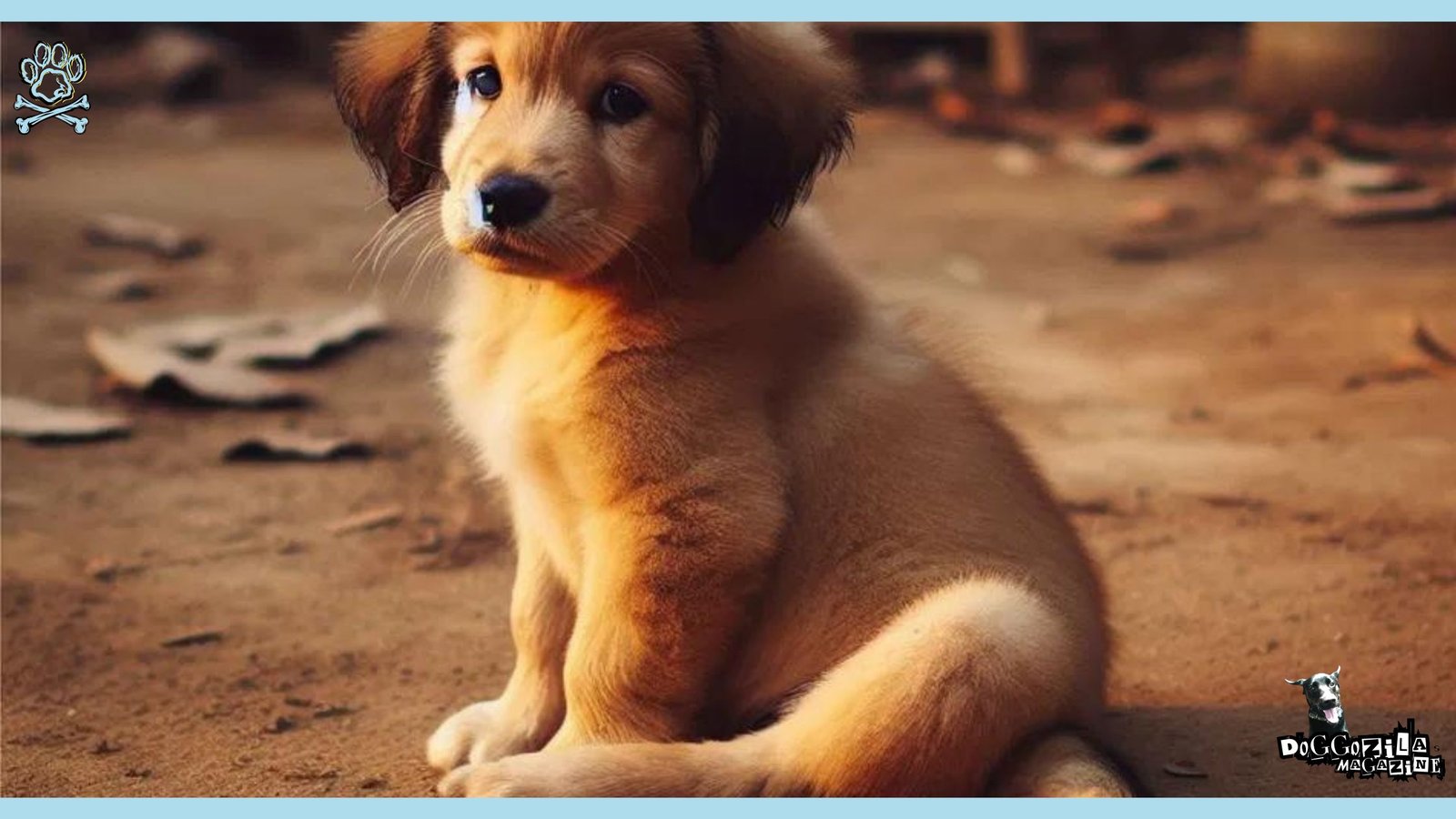
Hygiene and Stool Residue
Maintaining good hygiene around your dog’s rear end is essential for preventing scooting caused by excess fecal matter or debris. After each bowel movement, take a moment to inspect your dog’s anal area and clean up any residue with a damp cloth or a roll of toilet paper.
For long-haired breeds, regular trimming of the hair around the anus can help prevent fecal matter from getting trapped and causing irritation. If you’re uncomfortable with this task, consider seeking the assistance of a professional groomer who can safely and effectively tidy up your pet’s rear end.
Choosing the Right Diet for Your Dog
To prevent scooting and promote overall anal gland health, selecting the right diet for your dog is crucial. Look for high-quality dog food that contains fiber-rich ingredients, such as sweet potatoes, peas, or beet pulp. These ingredients can help promote firmer stools, which can naturally express the anal glands during bowel movements.
If your dog has a history of food allergies or sensitivities, ask your veterinarian to identify the specific triggers. He will choose a diet that avoids these ingredients. In some cases, a specialized hypoallergenic or limited-ingredient diet may be recommended to manage your dog’s allergies. This is the way to reduce the risk of scooting caused by allergic reactions.
The Importance of Regular Exercise for Dogs
Regular exercise is crucial for your dog’s overall health and well-being. It’s important to know that also plays a significant role in preventing scooting behavior. Engaging in physical activity helps promote regular bowel movements. This can reduce the risk of anal gland impaction and other issues that contribute to dog scooting.
Aim to provide your dog with daily exercise appropriate for their age, breed, and fitness level. This can include walks, runs, playtime, and other activities that keep your furry friend active and healthy.
🔑 Key Points: To prevent scooting behavior always choose a high-quality, fiber-rich diet that accommodates your dog’s specific needs. This is essential for promoting the anal gland health in your dogs.

MANAGING DOG SCOOTING WITH FIBER-FORTIFIED FEEDS
Incorporating fiber-rich ingredients into your dog’s diet is an effective way to manage scooting behavior. Try first with high-fiber foods, such as those containing sweet potatoes or beet pulp. They can help promote firmer stools and naturally express the anal glands during bowel movements. When selecting a fiber-fortified dog food, it’s essential to introduce the new diet gradually to avoid digestive upset. To ensure a smooth transition, consult with veterinary to determine the appropriate amount of fiber for your dog’s specific needs.
Consult a Veterinarian for Accurate Diagnosis and Treatment
It’s crucial to consult with a veterinarian if your dog’s scooting behavior persists despite home remedies and preventive measures. Their accurate diagnosis and appropriate treatment can help your dog. Your veterinarian can perform a thorough examination to identify the underlying cause of the scooting. Whether it be anal gland issues, parasitic infestations, allergies, or other health concerns, the vet will offer a solution!
Based on their findings, your veterinarian will recommend a tailored treatment plan to address your dog’s specific needs. This may include medications, dietary changes, or surgical interventions in severe cases. It’s essential to follow your veterinarian’s recommendations closely and attend follow-up appointments to monitor your dog’s progress.
Remember, your veterinarian is your best resource for ensuring your furry friend’s health and comfort. Don’t hesitate to seek their professional help whenever you have concerns about your dog’s well-being. Early intervention can be a great help in resolving scooting and other health issues.
Addressing Parasites and Allergies through Proactive Measures
Parasitic infestations and allergies are two potential causes of dog scooting that can be managed through proactive measures. To prevent parasites, such as tapeworms, it’s crucial to implement a regular deworming schedule as recommended by your veterinarian. This typically involves administering deworming medication at specific intervals based on your dog’s age, lifestyle, and risk factors.
For dogs with allergies, identifying and avoiding the specific triggers is essential for reducing scooting and other allergy-related symptoms. This may involve conducting an elimination diet to pinpoint food sensitivities or minimizing exposure to environmental allergens.
In some cases, your veterinarian may recommend allergy testing and desensitization therapy to help manage your dog’s allergies effectively. You can help reduce the likelihood of scooting by taking a proactive approach to parasite prevention and allergy management. This way you will promote your dog’s overall health and comfort.
The Role of Regular Grooming in Preventing Dog Scooting
Regular grooming is important for maintaining your dog’s overall hygiene and plays a crucial role in preventing scooting behavior. You can reduce the risk of fecal matter by cleaning the anal area. The debris will stop getting trapped by cutting the excess hair. If this is not done properly can lead to irritation and dog scooting.
For long-haired breeds, trimming the hair around the anus is especially important. This can be done at home with pet-safe grooming tools or by a professional groomer. Regular grooming, along with a balanced diet and exercise will start minimizing the likelihood of scooting. This can help keep your dog’s rear end tidy and comfortable.
A Quick Summary on Why Do Dogs are Scooting Their Butt on the Floor
Understanding the reasons why dogs drag their butts is crucial for every pet owner’s knowledge and their furry friend’s well-being. From anal gland issues to excess fecal matter and allergies, we shed light on the common causes behind this behavior. Finding the root causes and offering practical solutions, pet parents can effectively address and prevent scooting in their dogs.
Dietary adjustments, regular grooming, and seeking professional help when needed can prevent this behavior in your dogs. Remember, proactive measures such as consulting a veterinarian for accurate diagnosis and treatment are key! You should maintain a high-fiber diet and ensure regular exercise. All of these play a vital role in promoting your dog’s anal gland health and overall happiness.
By taking these actionable steps, you can ensure a comfortable and healthy life for your beloved dogs.
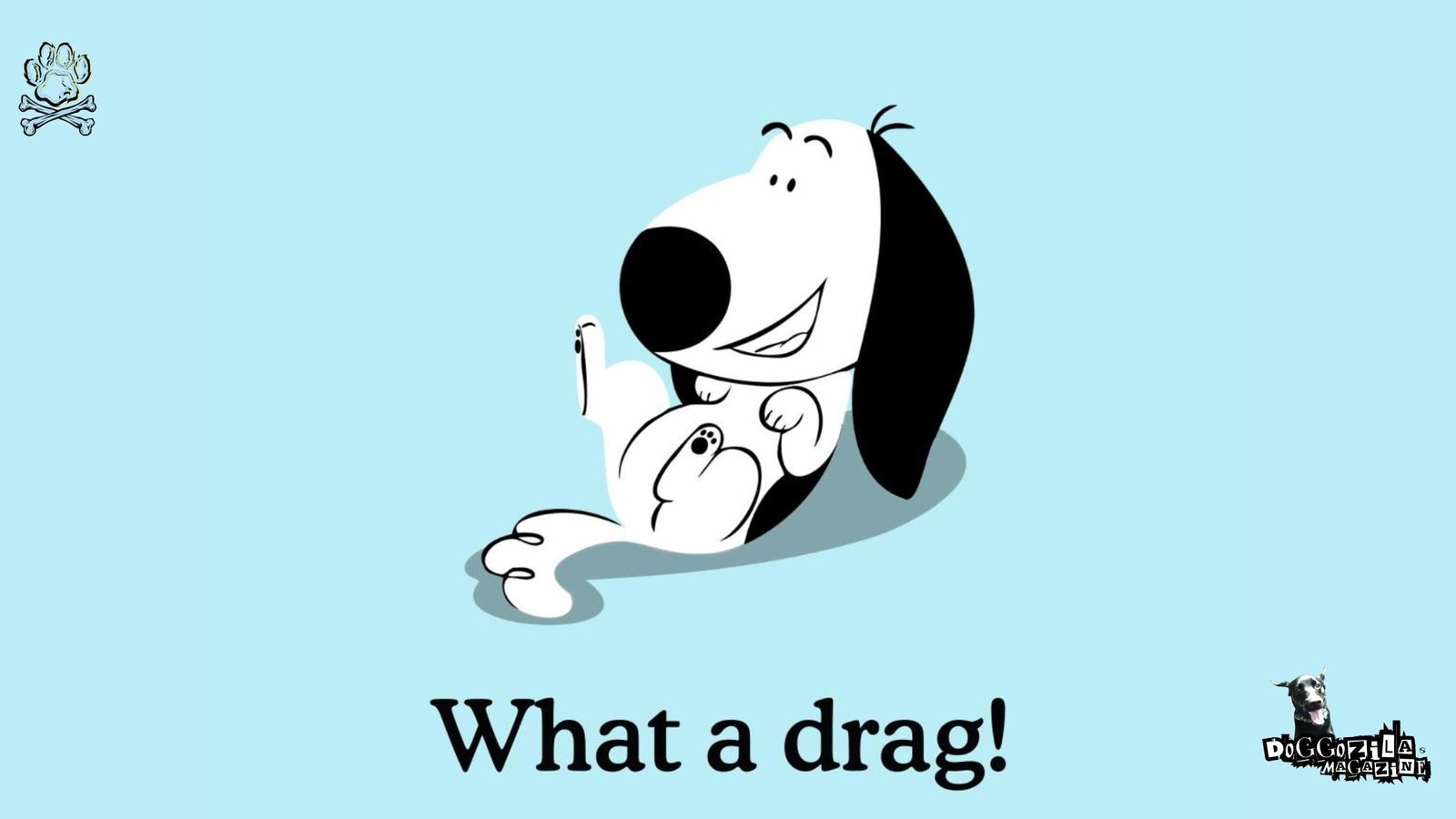
Thank you for joining us on this informative journey towards better understanding and caring for dogs.
